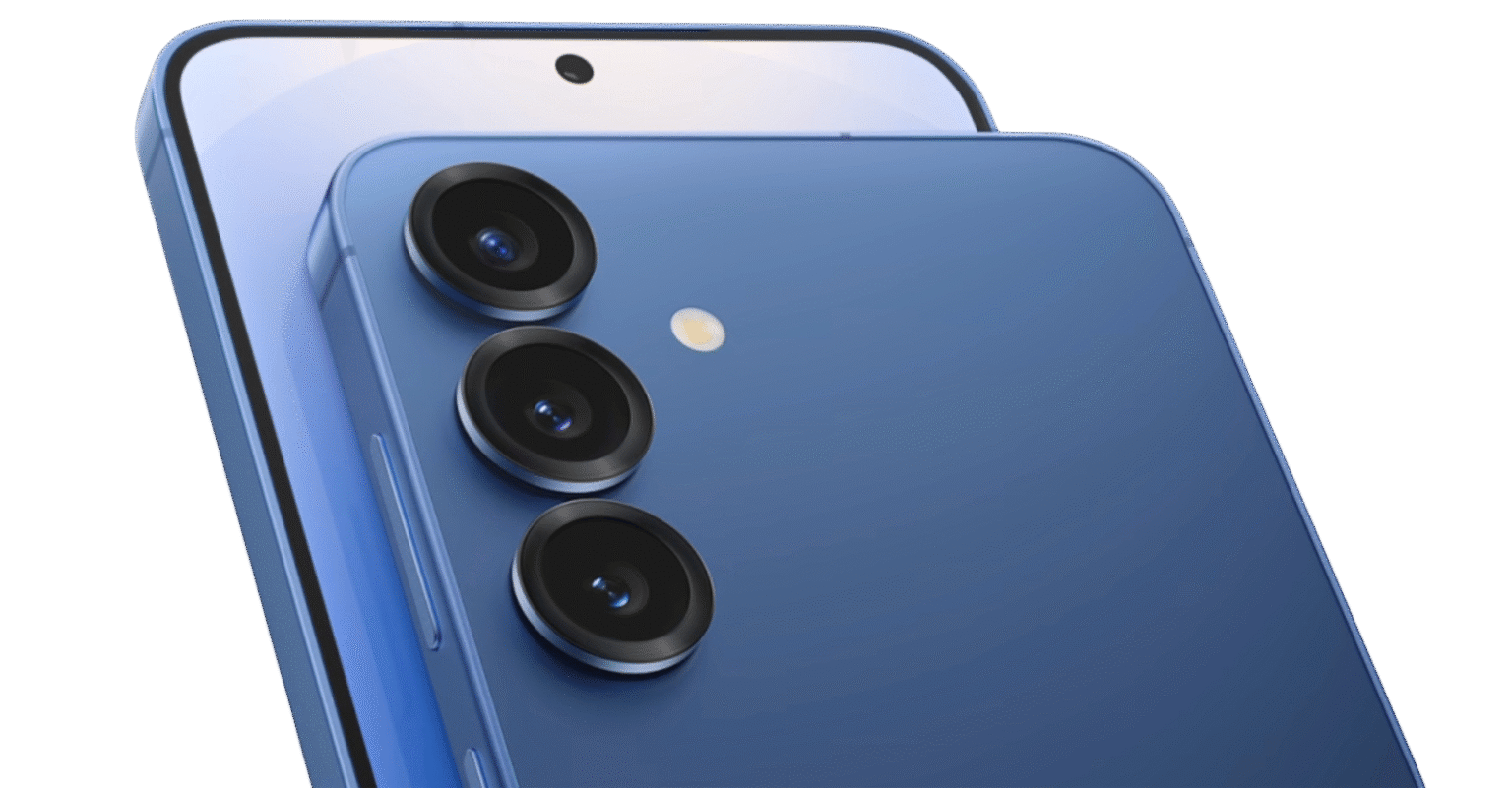The Samsung Galaxy S25+ is the kind of phone that doesn’t scream for attention — but once you start using it, it’s hard to put down. Sitting comfortably between the standard S25 and the powerhouse S25 Ultra, it’s a flagship that nails the balance between performance, design, and value.
With a brighter QHD+ display, the latest Snapdragon 8 Elite chip, subtle camera refinements, and Samsung’s most polished software experience to date, the S25+ feels like a device built for tech-savvy users who want premium features without going overboard. It may not have the Ultra’s periscope lens or S Pen, but make no mistake: this is a top-tier Android phone that’s quietly excellent in almost every way.
Samsung Galaxy S25+
Design and Build
Samsung nailed the build quality of the S25+. The phone features an Armor Aluminum frame with flat sides and Gorilla Glass Victus 2 on the front and back (the Ultra alone gets the new Armor 2 glass and a titanium frame).
The result is a device that feels premium and solid in hand, without being overly heavy. At 190 grams, the S25+ has a comfortable heft – lighter than the 218g Ultra and even a tad lighter than last year’s Plus model thanks to a slightly slimmer design. The back has a matte finish that resists fingerprints, and the overall aesthetic is clean and elegant, with the triple camera lenses ringed in metal and subtly protruding. There’s no camera bump “island,” just the lenses themselves, which has been Samsung’s style since the S22 era. The phone is IP68 water and dust resistant, so it can survive 1.5m of water for up to 30 minutes – you won’t need to worry about rain or the occasional dunk.
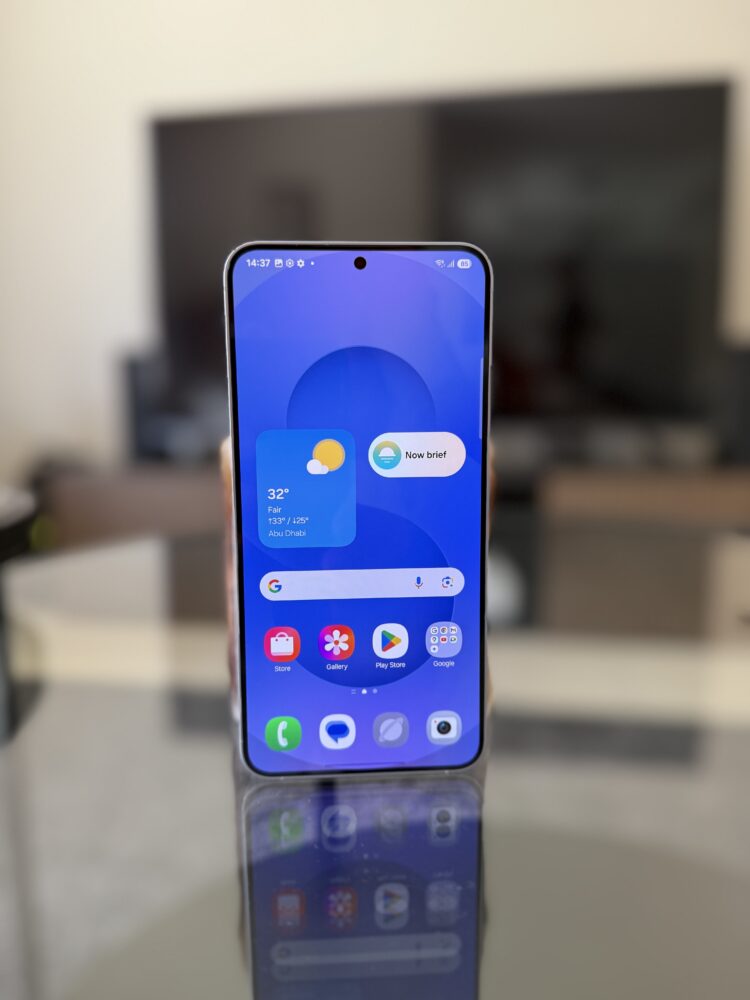
Samsung offers the S25+ in some attractive colors too: in most regions you have choices like Icy Blue, Mint Green, Phantom Black, and a creamy white/silver (with some extra online-exclusive colors for those who order from Samsung’s website).
he in-display ultrasonic fingerprint sensor is fast and accurate – just a quick thumb press reliably unlocks the phone (or you can use face unlock, though that’s just camera-based). Stereo speakers pump out sound from the bottom grille and the earpiece, and they sound excellent for a phone.
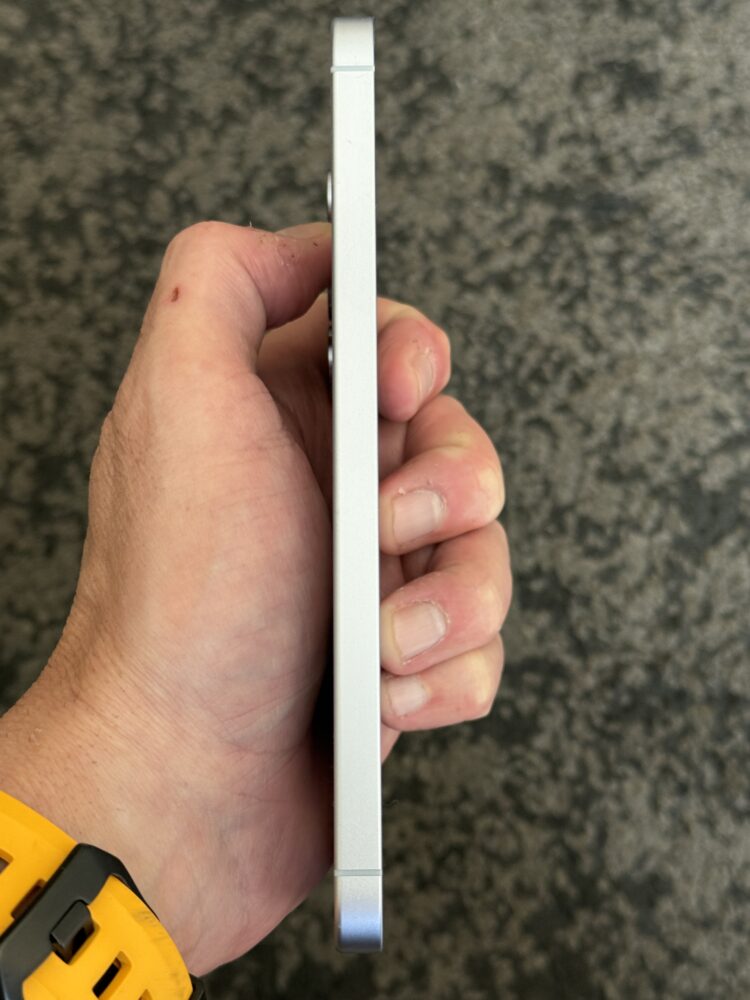
The S25+’s audio is loud, clear, and has even a hint of bass; it’s great for watching YouTube or listening to podcasts without headphones. Samsung supports Dolby Atmos on the phone, which can widen the soundstage a little for both speakers and headphones. Speaking of headphones – no, there’s no 3.5mm jack (hasn’t been for years), but Bluetooth 5.3 and LDAC/aptX support ensure high-quality wireless audio if you have capable earbuds.
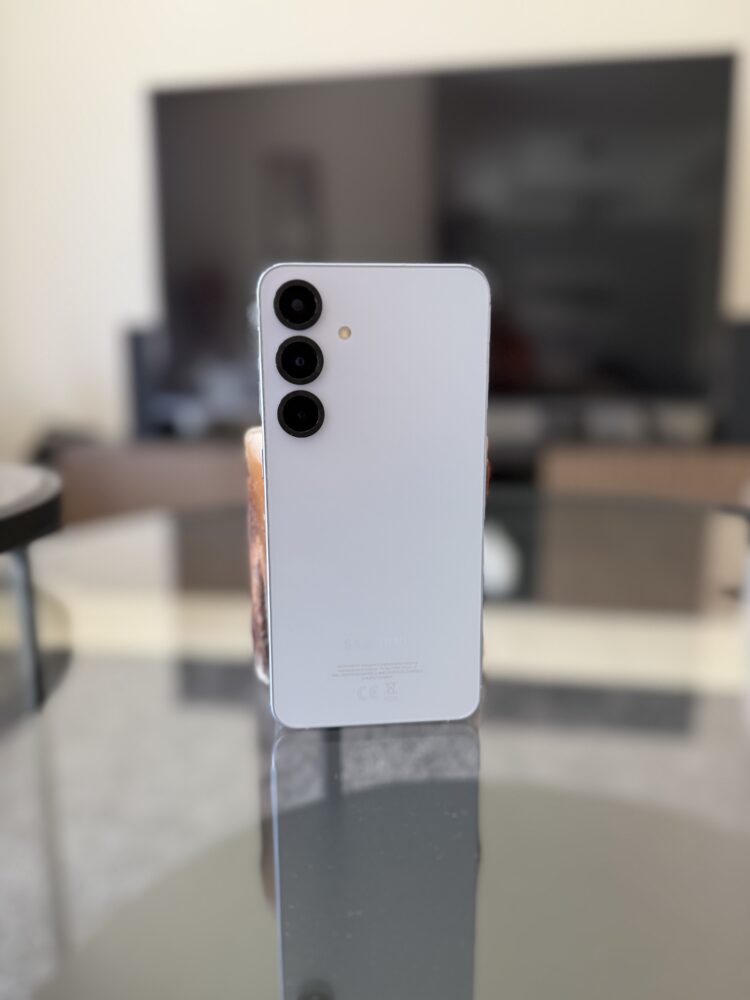
The haptics (vibration motor) on the S25+ deserve praise too: Samsung has been using improved X-axis linear motors, and they provide tight, crisp feedback. Typing on the keyboard gives gentle yet precise taps, and custom vibrations (like for navigation gestures or notifications) feel satisfying. It’s not quite as nuanced as the iPhone’s legendary Taptic Engine, but it’s one of the better Android haptics out there – a nice touch for a “tech-savvy” user who appreciates good feedback.
Display
Samsung’s Signature AMOLED Brilliance: The Galaxy S25+ sports a 6.7-inch Dynamic AMOLED 2X display that now boasts a sharp QHD+ resolution (3120×1440) and an adaptive 1–120Hz LTPO refresh rate
This is a notable upgrade, as Samsung finally bumped the Plus model up to QHD resolution, delivering a pixel density of 509 ppi for super-crisp detail. Text and images look incredibly clean, and you won’t spot individual pixels even when reading tiny text. The panel supports HDR10+ with punchy colors and deep blacks that Samsung’s screens are known for. It also gets exceptionally bright – up to 2600 nits peak brightness in high brightness or HDR scenes– making outdoor visibility a non-issue even under the harsh Dubai sun at noon.
In direct sunlight, the S25+ remains easily viewable; Samsung’s improved Vision Booster tech and an anti-reflective coating (the latter exclusive to the Ultra model) further help combat glare.
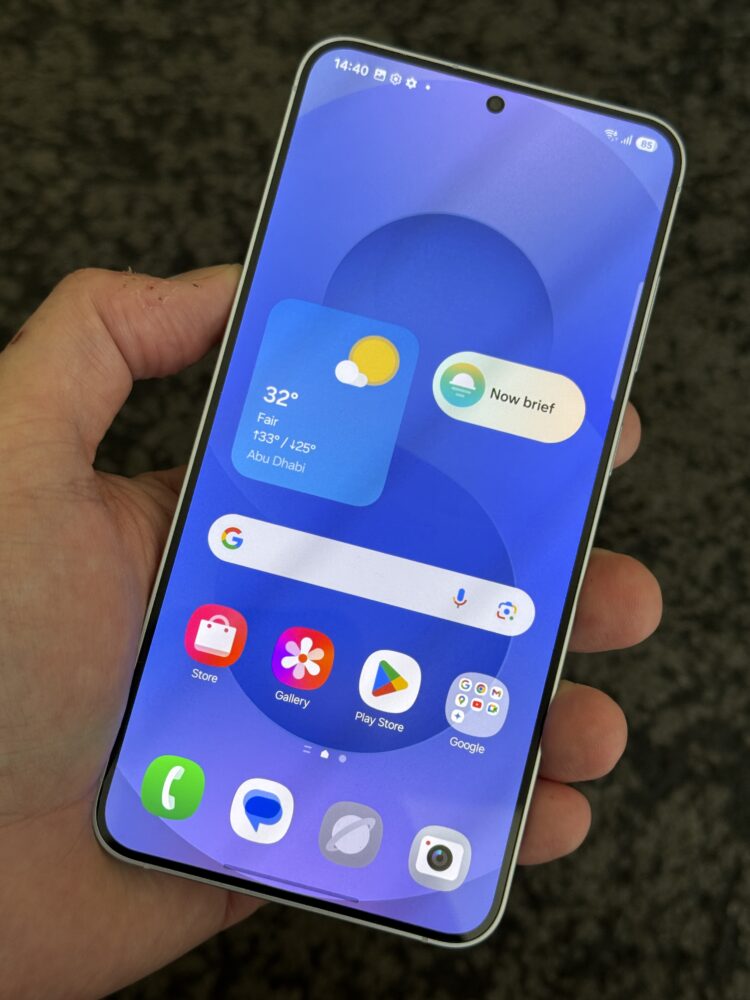
The LTPO technology lets the refresh rate drop as low as 1Hz to save power, enabling a useful Always-On Display without draining the battery. You can glance at the time, notifications, or custom widgets on the S25+’s always-on screen, and it intelligently ramps up to 120Hz for silky smooth scrolling and animations when you unlock the phone. Scrolling through Instagram, gaming, or just swiping through home screens feels fluid.
The adaptive refresh works seamlessly – you get the benefit of ultra-smooth motion when it matters and battery savings when it doesn’t. While the Galaxy S25 Ultra has a slightly larger 6.9-inch display (also 1440p) with a special anti-glare “Gorilla Armor 2” glass, the S25+’s screen is essentially just as stunning to look at.
Unlike the Ultra’s edges, the S25+ display is flat, which many will appreciate for avoiding accidental touches and making screen protectors easier to apply. Usability and Comparison: In daily use, the S25+ display is a joy.
The colors are vibrant (if a bit saturated in the default mode) and the contrast is excellent. Samsung offers display tuning (Natural vs Vivid mode) if you prefer a more color-accurate look. The viewing angles are great, with minimal color shift when tilting the phone.
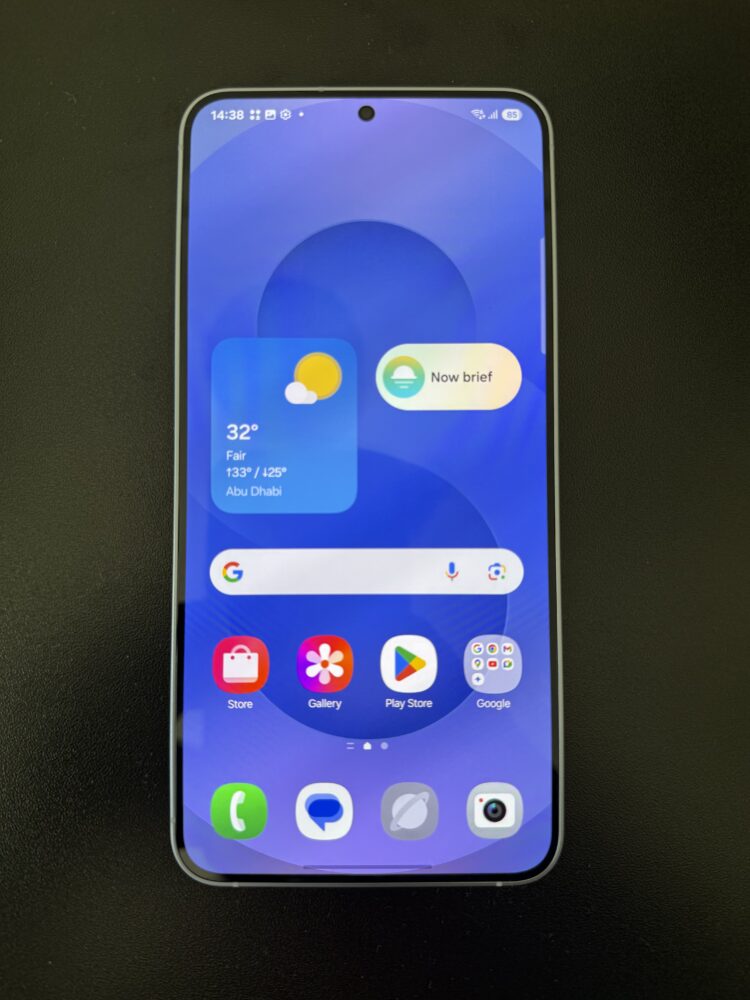
At night, the screen can get dim enough to be comfortable, and there’s a blue light filter for eye comfort. For comparison, Apple’s iPhone 16 Pro (6.1-inch) and iPhone 16 Pro Max (~6.7-inch) also have fantastic OLED displays, but Samsung’s are arguably even brighter – the S25+ outdoes the iPhone’s ~2000-nit peak by a fair margin.
The Pixel 9 Pro likewise has a 6.7-inch OLED around 1344p, but Samsung’s tuning tends to be more vivid. Simply put, Samsung continues to set the bar for smartphone screens, and the Galaxy S25+ is no exception. You’re getting a top-tier display here with all the bells and whistles – high resolution, adaptive high refresh, and outdoor visibility that’s second to none.
Performance
At the heart of the Galaxy S25+ is the new Qualcomm Snapdragon 8 Elite for Galaxy, a custom-tuned flagship chipset built on a cutting-edge 3nm process. In a welcome move, Samsung uses the same chip globally this year (no more Exynos vs Snapdragon divide), so every S25+ owner gets the top performance available. This chip is a beast: it delivers roughly 37% faster CPU performance compared to the previous generation and significant gains in graphics prowess.
Real-world use confirms these numbers, the S25+ feels blazing fast. Apps open instantly, multitasking is smooth, and the UI animations never stutter. With a generous 12GB of RAM across the lineup now (up from 8GB in older models), you can keep dozens of apps open in the background without them reloading.
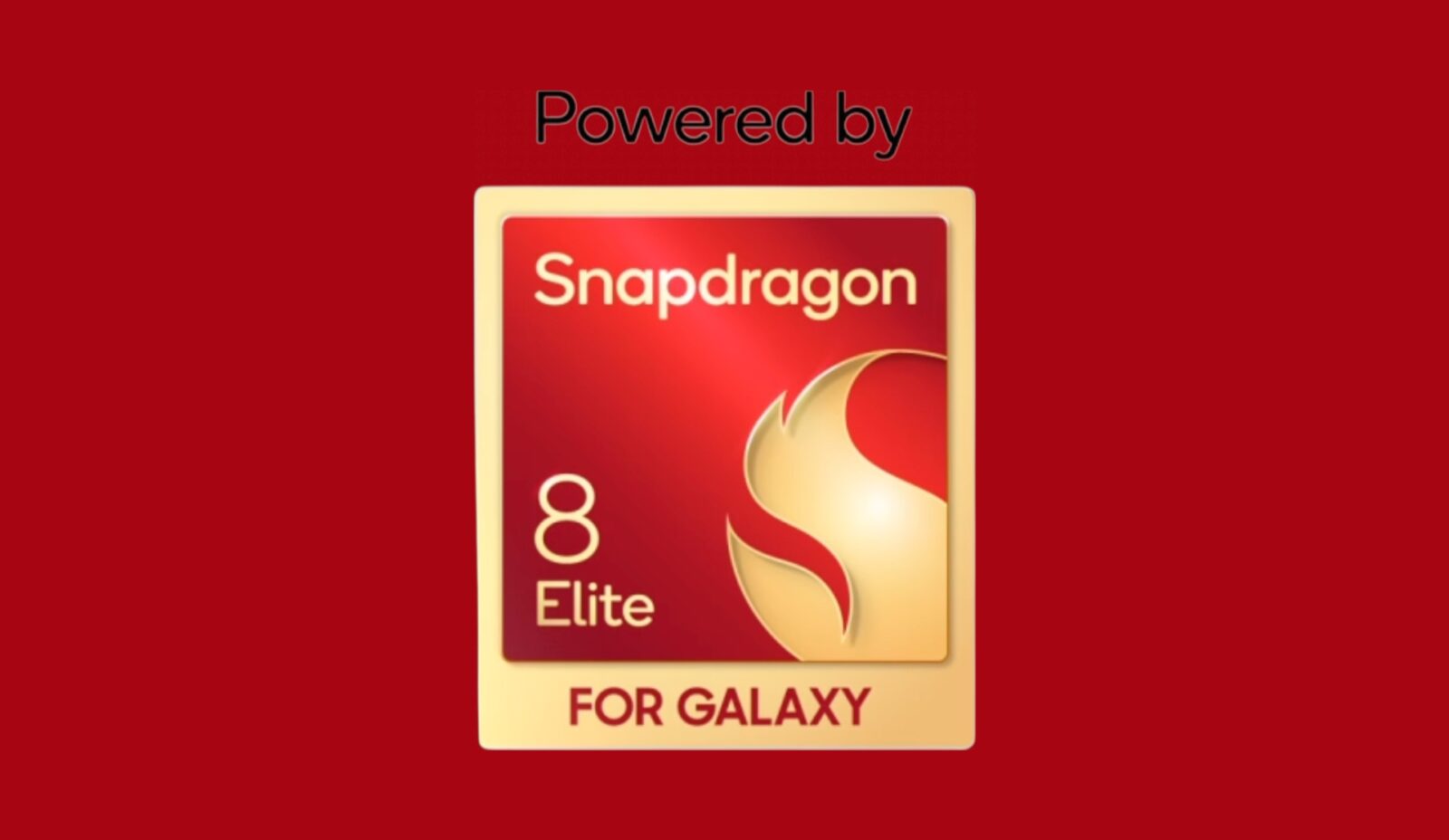
Power users who bounce between Slack, Chrome with many tabs, Spotify, and Adobe Lightroom will find the S25+ handles it all without breaking a sweat. Thermals and Sustained Performance: One concern with pushing to 3nm tech is potential heat, but Samsung has mitigated this with an improved cooling system. The Galaxy S25+ features a vapor chamber 15% larger than last year’s, which helps whisk away heat during heavy use.
In practice, the phone runs cool for everyday tasks and only gets slightly warm under intense loads like gaming or 4K video recording. Even then, it’s noticeably cooler than some previous Galaxy models that could turn into hand-warmers. During a 30-minute gaming session, the S25+ maintained high performance with only a minor drop in frame rate after the 20-minute mark, suggesting that thermal throttling is well under control.
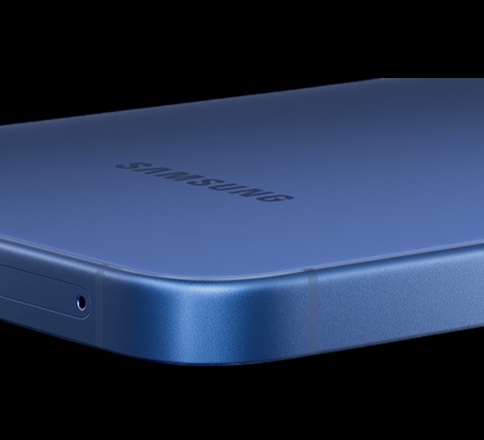
The Ultra model does have an even bigger vapor chamber (40% larger than last year) due to its larger size so hardcore gamers might see marginally steadier performance on the Ultra during extended play. For most users, however, the S25+ hits the sweet spot of high performance and good thermal management.
What stands out is how snappy and responsive the S25+ feels in day-to-day use. One UI 7 (Samsung’s software atop Android 15) is well-optimized; navigating the interface, switching between apps, and even split-screen multitasking are lag-free.
The phone practically flies when editing photos or exporting 4K video clips, tasks that would bring older phones to their knees. Download speeds are also top-notch with the latest 5G modem and Wi-Fi 7 support built in.
If you have a compatible router or mm Wave 5G, you’ll max out your connection. Overall, the Galaxy S25+ delivers flagship performance in every sense. It matches or beats the best from Apple and comfortably outclasses other Androids in raw speed while keeping things cool and stable. You’d be hard-pressed to find a task this phone can’t handle.
Camera
The Galaxy S25+ sticks with a triple rear camera setup that will feel very familiar to recent Galaxy owners. It’s essentially the same camera hardware as the S24+, S23+, and even S22+ before that: a 50 MP f/1.8 main wide camera (with Dual Pixel AF and OIS), a 12 MP f/2.2 ultra-wide, and a 10 MP f/2.4 telephoto with 3× optical zoom (also OIS).
On paper, this might sound a bit underwhelming in 2025 – especially since competitors have been upping their camera specs. For instance, the Pixel 9 Pro and iPhone 16 Pro both feature higher resolution ultrawide cameras (around 48 MP) and advanced periscope zooms in some cases. Samsung reserved most hardware upgrades for the S25 Ultra, which gets a whopping 200 MP main sensor and a new 50 MP ultrawide (along with a 5× periscope telephoto).
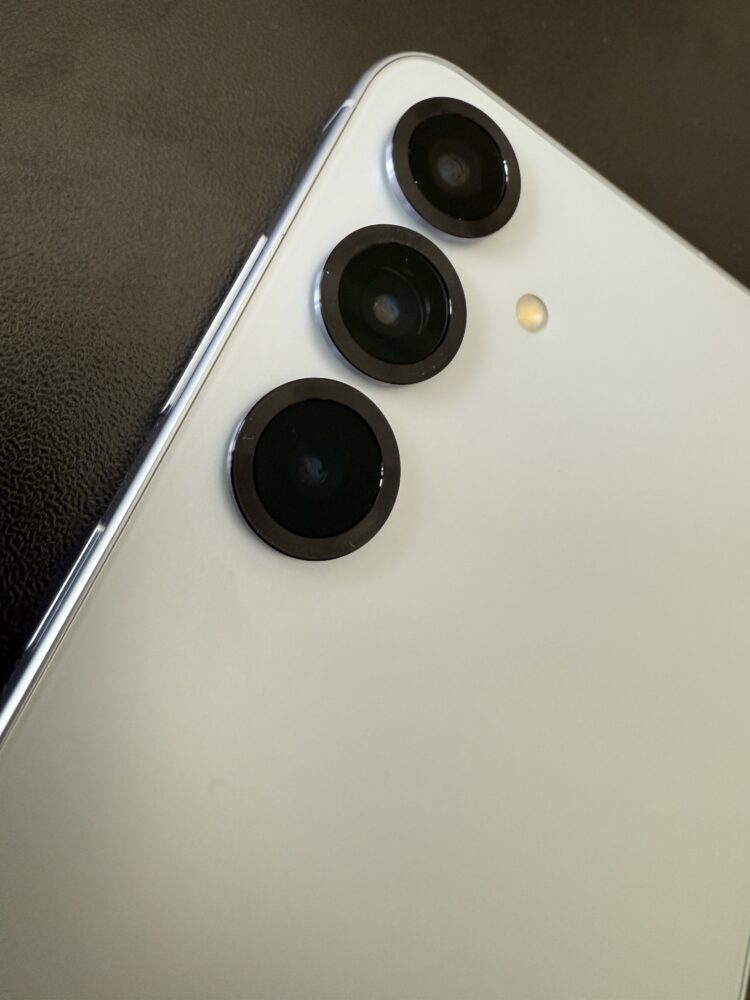
As a result, the S25+’s camera hardware feels a bit static – it’s proven and capable, yes, but there’s a tinge of disappointment that Samsung didn’t trickle down more of those Ultra enhancements this year. The 12 MP ultrawide on the S25+ is fine for casual wide shots, but it lacks the detail capture that the Ultra’s 50 MP ultrawide (or Pixel’s and iPhone’s high res ultrawide) can achieve.
While the hardware is unchanged, Samsung did revamp the image processing pipeline with a new “ProVisual Engine” integrated into the Snapdragon 8 Elite chipset. In practice, photos from the Galaxy S25+ come out looking slightly different than its predecessors. The notorious over-sharpening and heavy-handed processing Samsung was known for have been toned down. Images now have a more natural look with less artificial sharpening – textures like foliage or hair appear closer to real life instead of crispy or over-processed.
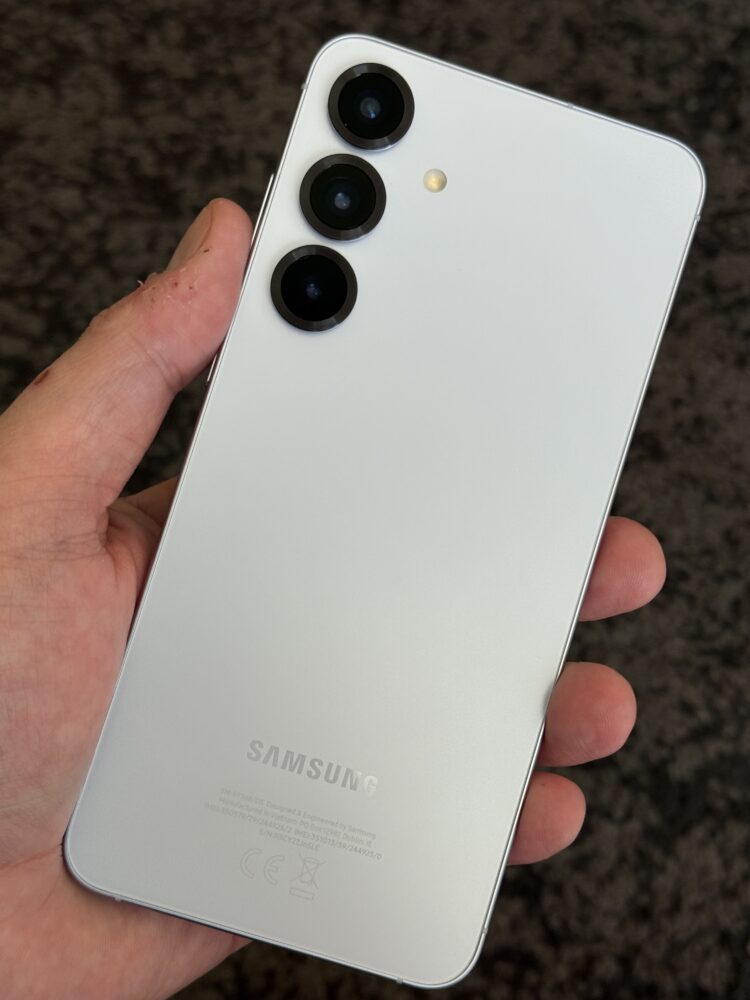
After taking dozens of photos, we’d describe the S25+’s images as balanced and reliable. In good lighting, the 50 MP main camera produces excellent shots with a wide dynamic range – bright skies and shadowy areas in the same frame are well exposed, thanks to Samsung’s HDR tuning.
Colors remain vibrant (especially greens and reds, which Samsung tends to boost) but are slightly less oversaturated than in years past, which many will consider an improvement. Low-light performance is still a strong suit.
The S25+ uses multi-frame Night Mode processing to great effect – you can handhold shots at night and get bright, detailed photos with surprisingly little noise. The large sensor and OIS on the main camera help a lot here. It’s not quite Pixel-level night photography (Google’s Night Sight and new Video Boost for low-light video still have an edge in extreme dark conditions), but the gap has narrowed. In fact, in some challenging scenes, the S25+ pulled in sharper ultrawide night shots than the Pixel 9 Pro, likely due to Samsung’s improvement in that area on the Ultra trickling down as software benefits.
The 3× telephoto is great for portraits and closer shots of distant objects. Photos up to about 10× zoom are usable; beyond that, you’re into digital zoom territory where things get muddy. This is one area where the S25+ can’t compete with the Galaxy S25 Ultra’s zoom – the Ultra’s 5× optical lens (and its higher 50 MP resolution) yields far superior detail at 10× and can even reach 30× or 50× with acceptable clarity, whereas the S25+ maxes out at a grainy 30× digital “Space Zoom.”




If you care a lot about long-distance zoom or wildlife photography, you’ll feel that limitation. For most casual zoom needs (like capturing something across the street), the 3× lens does the job well.
Samsung made sure the S25 series keeps up in video. The Galaxy S25+ can record up to 8K video (24/30fps) for those who need ultra high resolution, and more practically, excellent 4K60 video from all cameras. New this year is support for 10-bit HDR video capture and even a Galaxy Log format for pros who want to color-grade footage later. In testing, 4K HDR videos look fantastic on an HDR screen – the S25+ captures a wide color gamut and better preserves highlights and shadow detail than its SDR mode. The difference isn’t night-and-day, but keen eyes will notice improved contrast in tricky lighting.
Samsung’s stabilization is as solid as ever: standard video is stabilized optically and electronically for smooth results, and there’s a Super Steady mode (1080p) for even more aggressive stabilization if you’re doing something like filming while running. We did notice Samsung’s processing has reduced noise in videos compared to last year, yielding cleaner footage in indoor and low-light scenes.You can select a clip and have the phone intelligently reduce or remove certain sounds for example, muting a background siren or crowd noise while keeping voices audible.
The selfie camera remains 12 MP and takes sharp, colorful selfies. It benefits from the same processing improvements – skin tones look more natural this year – and can do 4K video and decent portrait blur.
The Galaxy S25+ has an excellent all-around camera system for most users. Photos are vibrant and now more life-like, low-light performance is great, and video is flagship-grade with new pro options.
Photo Gallery

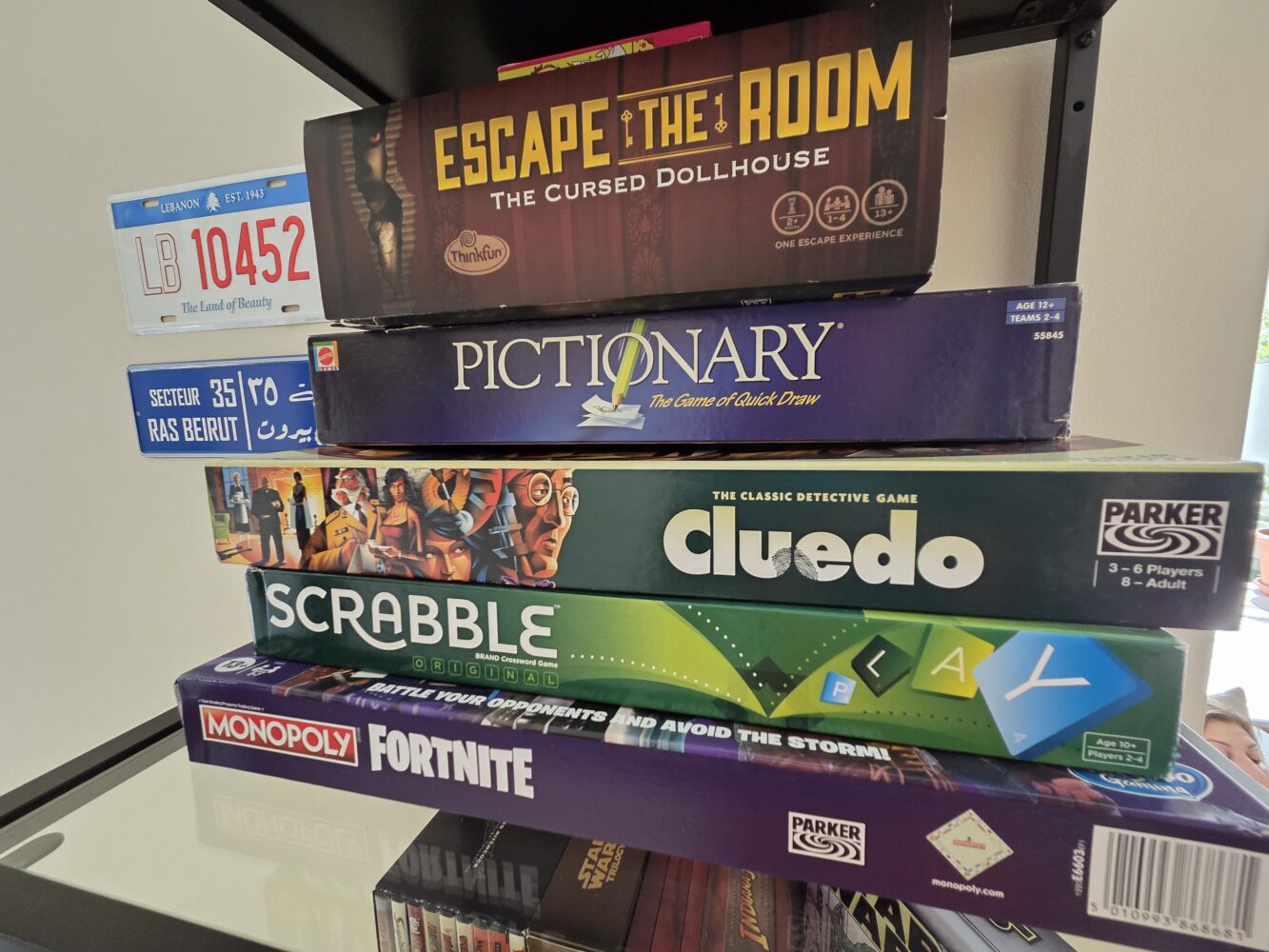


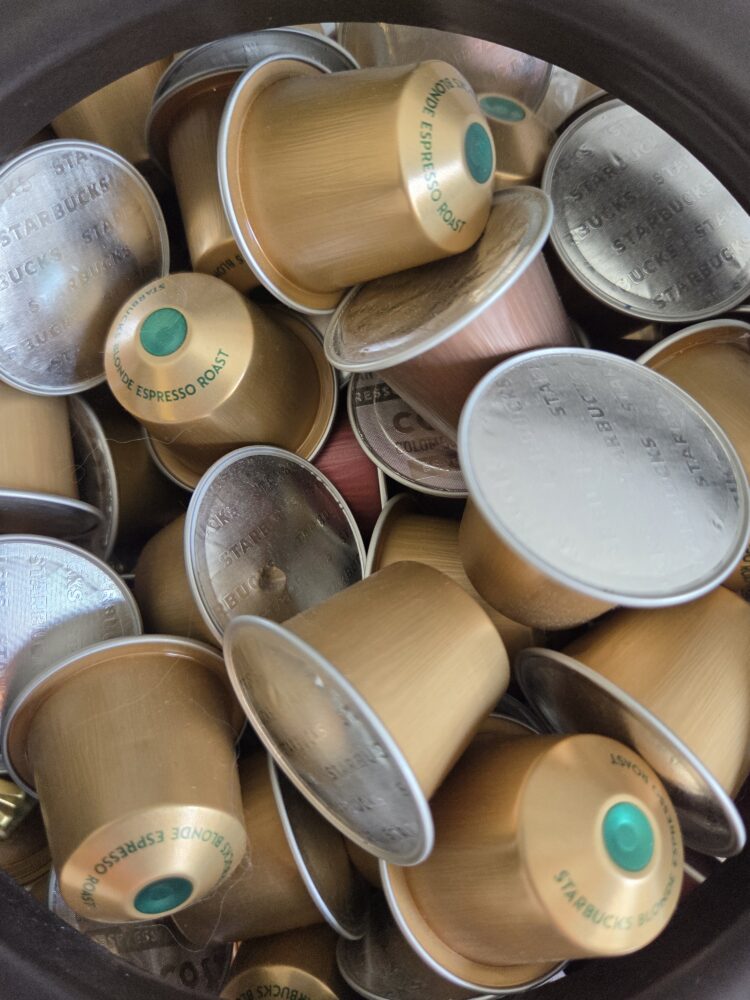



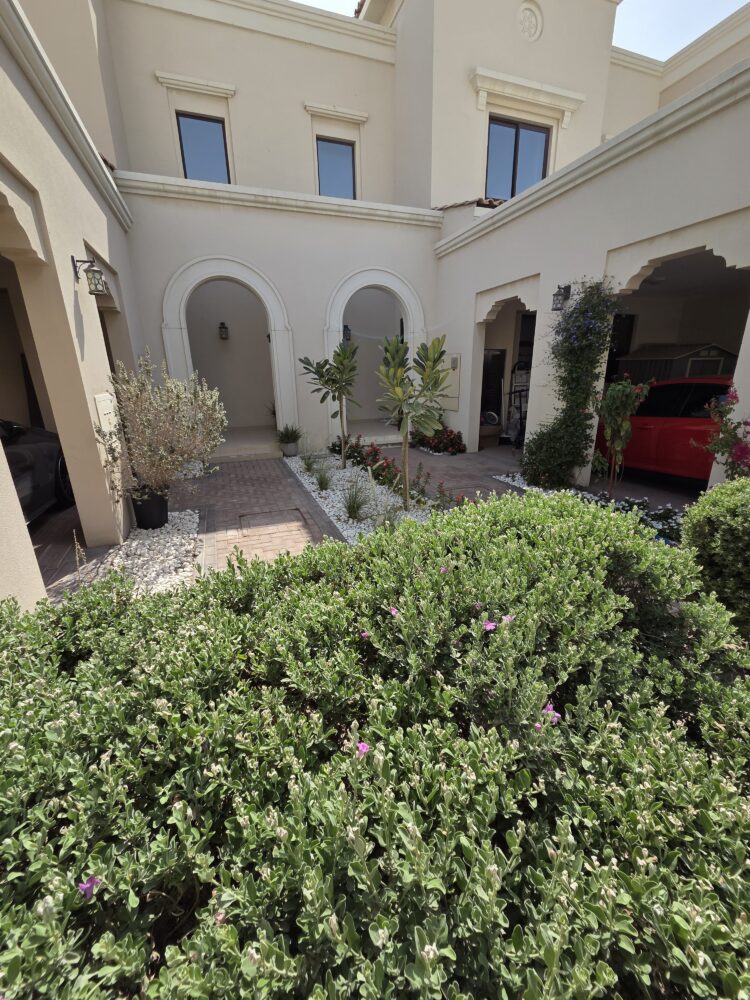
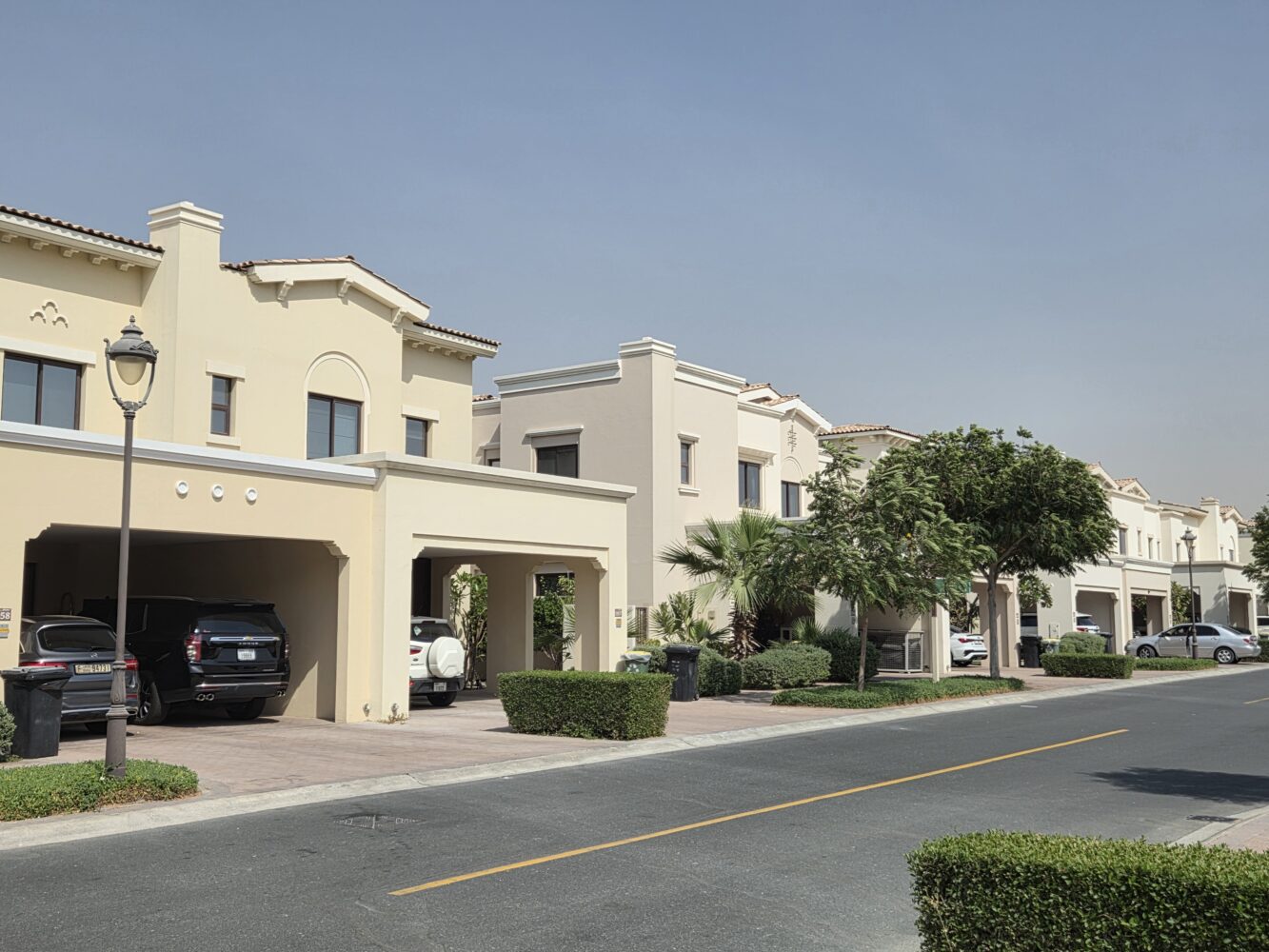




Everyday Use (Battery Life, Software, and Extras)
The Galaxy S25+ is powered by a 4,900 mAh battery, the same capacity as last year’s S24+. Thanks to the more efficient 3nm chip and software optimizations, battery life is excellent, albeit not a massive leap forward. In daily use, we easily got through a full day of moderate to heavy use (think 5-6 hours of screen-on time with a mix of social media, YouTube, messaging, and some camera use) and still had ~20% left by bedtime. In PhoneArena’s standardized tests, the S25+ clocked about 19 hours of continuous web browsing, 9 hours of video playback, and 13.5 hours of 3D gaming on a charge.
These results are on par with or slightly better than its predecessor – interestingly, the S25+ beat the S24+ in video streaming and especially in gaming endurance (thanks to that efficient chip not drawing as much power under load), though it fell behind by about an hour in the lighter web browsing test. In other words, if you’re just scrolling web pages or Twitter, the S25+ and S24+ are similar; but if you’re watching lots of videos or playing games, the S25+ lasts longer before needing a top-up. Compared to the competition, the S25+ fares well.

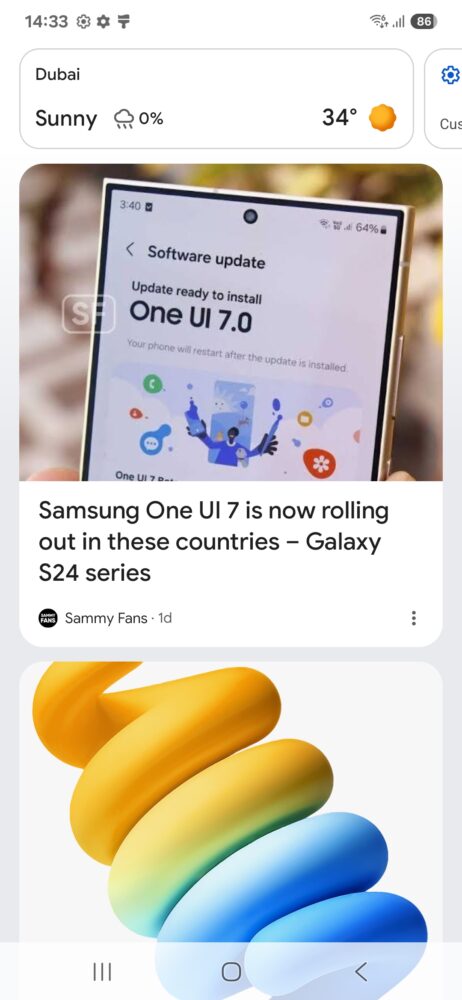
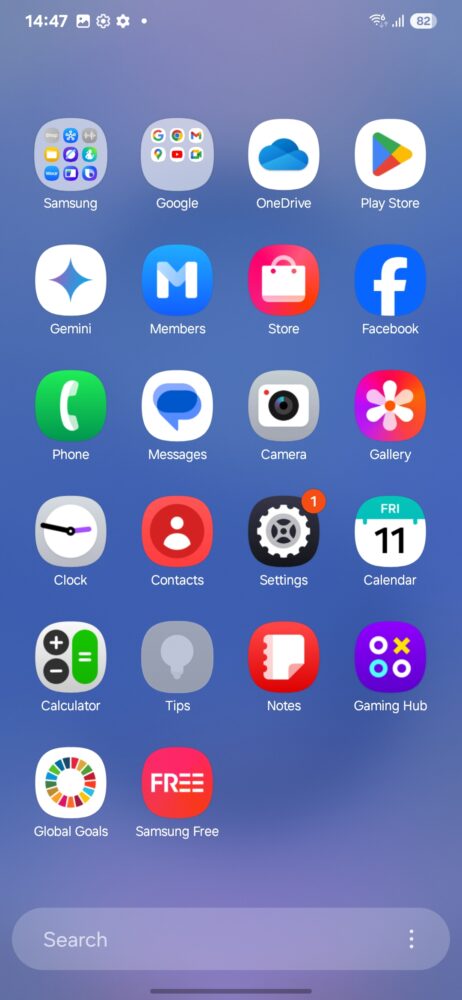
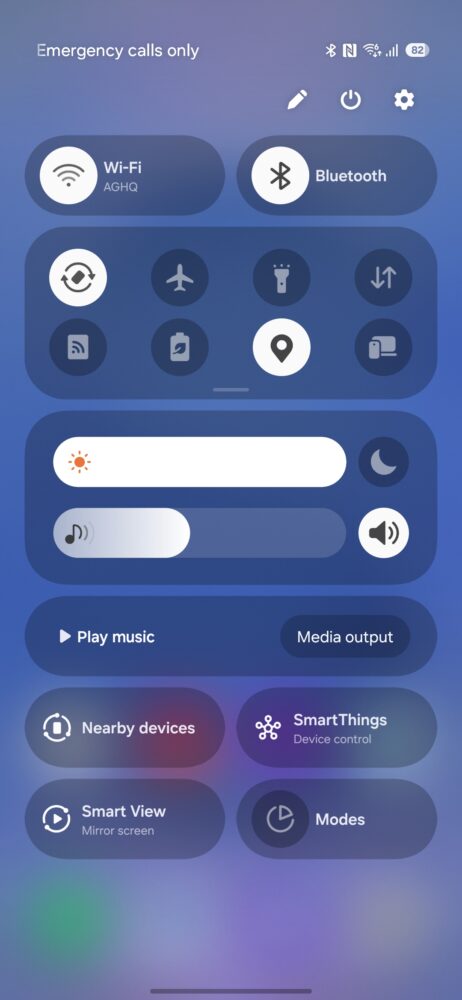
The iPhone 16 Pro (which has a much smaller ~3600 mAh battery) typically doesn’t last quite as long in heavy use – Apple’s efficiency is great for lighter tasks, but intensive tasks drain the iPhone quicker, so Apple users often need a midday charge if pushing hard. The Pixel 9 Pro with its ~5000 mAh battery is in the same all-day ballpark as the S25+, though Google’s chip isn’t as power-efficient under stress, giving Samsung an edge for gaming battery life.
The bottom line is the Galaxy S25+ can comfortably be a “one day phone” for almost everyone, and lighter users might even stretch into a second morning. And if you do find yourself low in the evening, Battery Saver modes can extend usage by dialing back performance and background activities. Charging – Stuck at 45W: Samsung hasn’t budged on charging speeds. The Galaxy S25+ supports up to 45W wired fast charging (with USB Power Delivery PPS) and 15W wireless charging, same as the past couple generations.
In 2025, these speeds are merely okay – rivals like OnePlus and Xiaomi are doing 80W, 100W, even 120W charging that can fill a battery in under 30 minutes. By contrast, the S25+ with a compatible 45W charger (not included in the box) takes around 1 hour 10 minutes for a full 0–100% charge, and hits about 50-60% in 30 minutes.
In practice we found this fast enough for most scenarios: a quick 15-minute top-up yields roughly 25-30% which is a few extra hours of use. It’s not “crazy fast” charging, but it’s relatively gentle on the battery’s longevity and in line with Samsung’s cautious approach after the notorious Note7 incident. The 15W wireless charging (plus reverse wireless PowerShare to charge your earbuds or watch on the phone’s back) is convenient, and Samsung has adopted the new Qi2 standard. Qi2 brings MagSafe-like magnetic alignment for wireless chargers – the S25+ will snap into place on compatible pads for better efficiency.
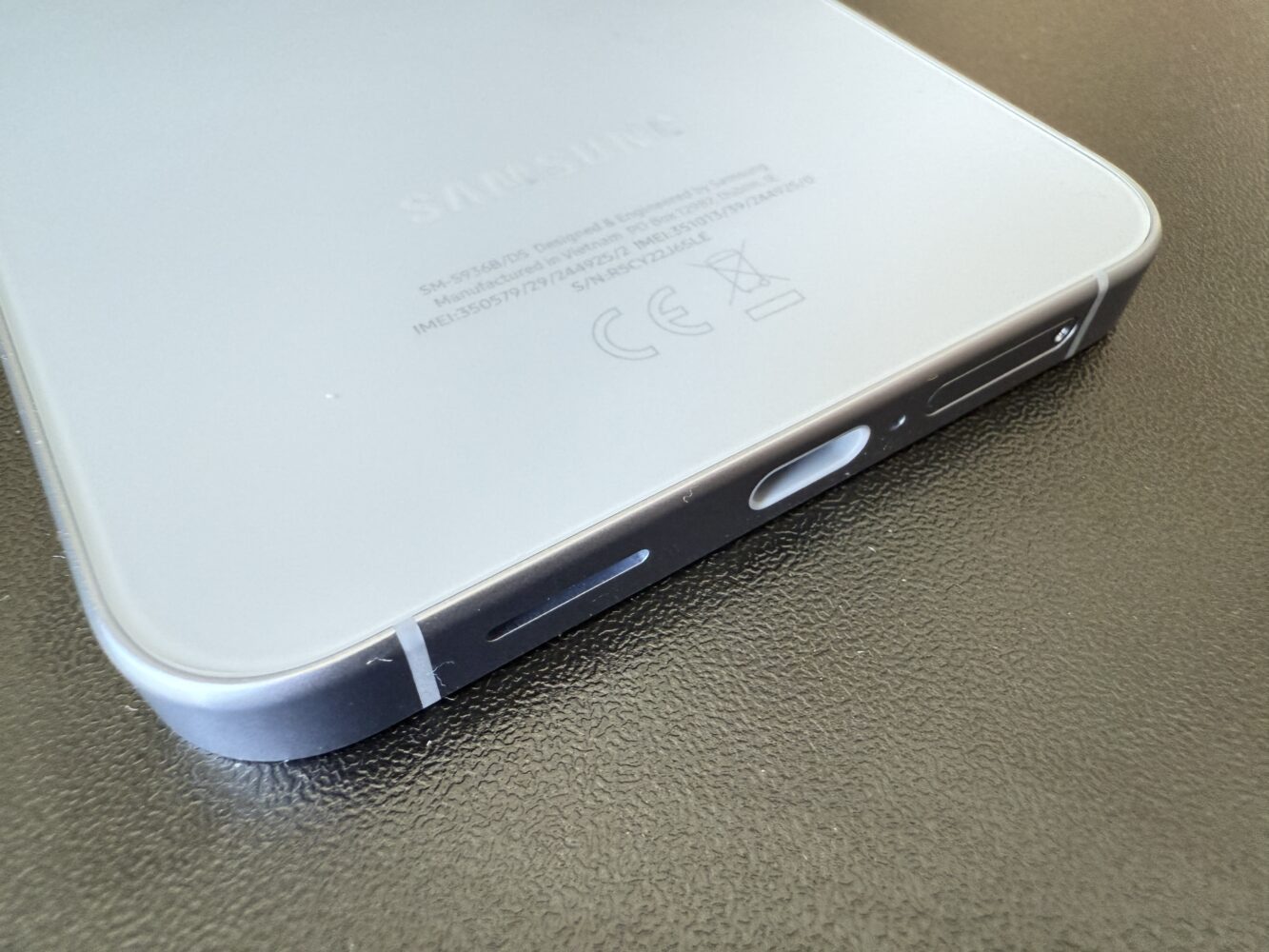
Overall, charging on the S25+ is reliable and reasonably quick, if not industry-leading. Both the base S25 (25W max) and S25 Ultra (45W) charge at similar speeds – Samsung clearly isn’t playing the spec race here. Software – One UI 7 and Android 15: The S25+ runs Android 15 with Samsung’s One UI 7 skin on top. One UI 7 brings a subtle but welcome visual refresh compared to 6. It sports cleaner iconography and fresh animations, giving the interface a modern look (some might even say it’s a “much-needed visual refresh” that makes using the phone more fun).

Samsung’s interface remains feature-packed and highly customizable. You’ve got everything from granular theming with Material You color palettes to a robust Modes and Routines automation system (so your phone can, say, automatically go silent and turn on blue light filter when it detects you’re at the office after 6pm). Despite the wealth of features, One UI runs smoothly on the S25+’s hardware.
Importantly, Samsung has committed to an unprecedented 7 years of OS and security updates for the S25 series, meaning this phone is promised updates until 2032. That level of support beats Google’s Pixel (which offers around 5 years) and even matches or exceeds Apple’s typical device lifespan.
This is a big shift – Samsung essentially conceded that Google’s AI is more useful for general queries. Gemini can do some pretty savvy things: it understands on-screen context, so you can, for example, have a text conversation open and ask “What time is the dinner mentioned here?” and it will read the chat and figure it out.
It can summarize the YouTube video you’re watching or answer questions about it without you having to scrub through the whole thing. It even can perform multi-step tasks across apps, like find restaurants nearby and text the list to a friend, all from a single voice prompt.
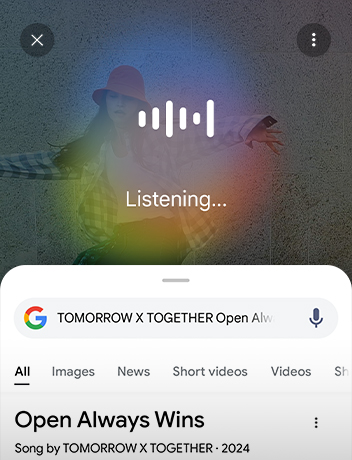
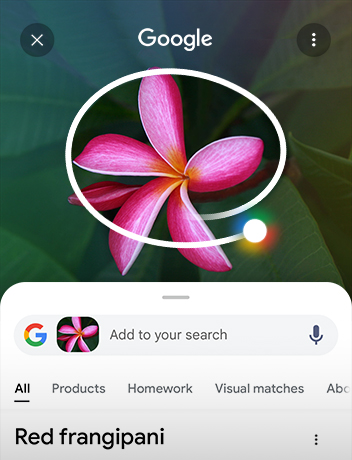
The S25+ is a great daily driver when it comes to basic usability as well. Call quality is loud and clear; the earpiece produces voice calls cleanly, and the other side had no trouble hearing me even in noisier environments (thanks to effective noise cancellation microphones). The phone supports the full suite of 5G bands including mmWave (in regions like the US), and I saw excellent reception and data speeds on 5G networks around the city. GPS, NFC for Google Pay/Samsung Pay, and the latest Wi-Fi 7 capability mean the S25+ is ready for the future of connectivity. There’s also Ultra-Wideband (UWB) on the S25+ now (absent on the base S25), which can be used for precise device tracking and “smart key” features (like using your phone as a digital car key or to find lost Samsung SmartTags with pinpoint accuracy). This was previously reserved for Ultra models, so it’s great to see the Plus get it.
One thing to note, the phone’s USB-C port supports data transfer and wired video out (Samsung DeX) at USB 3 speeds, but the exact speed isn’t advertised clearly. It works fine for connecting to a monitor or moving files, just don’t expect laptop-level transfer speeds. All told, the Galaxy S25+ shines in everyday usage. It’s fast, long-lasting, well-built, and packed with features. Samsung’s software is feature-rich but polished, and little touches like improved haptics, solid speakers, and the promise of long updates add up to a phone that’s a pleasure to live with.
Gaming
For mobile gamers, the Galaxy S25+ is a formidable machine. Between the powerhouse Snapdragon 8 Elite chip, the large AMOLED screen, and improved cooling, this phone is built to play. Samsung’s software has a Game Booster mode that auto-engages to optimize performance and notifications while gaming. It also offers tools like temperature monitoring, frame rate counters, and options to prioritize performance or battery life.
We appreciated that you can route notifications as a small bar to avoid interruptions. There’s also a “Pause USB Power Delivery” feature (if using a USB-C cable with a supported charger) which powers the phone directly without charging the battery during gameplay – this reduces heat build-up and potential battery stress. It’s a trick borrowed from gaming phones and it works great on the S25+, letting us play longer sessions plugged in without the phone turning into a hotplate.
When compared to other flagship phones for gaming, the Galaxy S25+ holds its own or wins. The iPhone 16 Pro (and Pro Max) have extremely powerful GPUs as well, and many mobile games are well-optimized for iOS. The iPhone might get a few extra frames in certain games and generally excels in titles like Fortnite or Genshin too. However, iPhones notoriously can run hot – and when they do, they sometimes throttle or dim the screen.

The S25+ seems to manage heat better, so ironically you might get more stable long-term performance on the Samsung. The Pixel 9 Pro isn’t really aimed at serious gamers; its GPU is mid-tier, and in games like Genshin it can’t sustain 60fps at high settings for long. So Samsung easily outpaces the Pixel for gaming. Perhaps the closest competition are dedicated gaming phones (Asus ROG Phone, etc.), but those sacrifice things like camera and water resistance.
The S25+ gives you near-gaming-phone performance in a mainstream flagship package. The large 6.7-inch display is immersive for gaming – colors are vibrant, the HDR makes supported games look richer, and the stereo speakers provide decent spatial audio cues (you can distinguish gunfire direction in PUBG to some extent).
If you prefer headphones, the low Bluetooth audio latency in Game Mode means minimal lag between on-screen action and sound. Also, the haptic feedback can be used by some games for rumble effects, and the S25+’s strong haptics make those effects more satisfying (like feeling a gentle vibration when you fire a weapon or crash a car).
Verdict
The Samsung Galaxy S25+ is a rock-solid flagship that hits almost all the right notes for a high-end smartphone in 2025. It doesn’t radically reinvent the wheel, but it polishes an already winning formula. You get a brilliant display, fantastic performance, a versatile camera, and great battery life wrapped in a sleek, premium package – all at a price that’s a step below the ultra-premium tier. For that money, the S25+ gives you virtually everything the S25 Ultra does except the extreme cameras and stylus, making it arguably the better value for most users.
Improvements over previous generations are there, if not earth-shattering. The new Snapdragon 8 Elite chip delivers a significant speed boost and better efficiency, the screen is brighter and now as high-res as the Ultra’s, and One UI 7 brings fresh features (with an industry-leading update commitment).
Samsung’s focus on AI and software enhancements has yielded some cool tricks like the integrated Google assistant and on-device generative features, even if they feel a bit nascent in usefulness. Small touches like UWB support on the Plus model and continued refinement of design and haptics show Samsung is iterating on the details. That said, there are areas that could be better.
Samsung Galaxy S25+
The camera hardware stagnation on the S25+ is the biggest letdown – while still excellent, it’s essentially the fourth year of the same cameras, and competitors (and Samsung’s own Ultra) offer more innovative camera setups. We’d like to see Samsung bring some of that Ultra magic (like a better ultrawide or a mid-range periscope) to the Plus in the future.
Charging speeds, too, remain conservative; 45W is okay but looks timid next to some fast-charging Android rivals. And the much-touted new AI features can come off as gimmicky or half-baked at launch, Samsung will need to iterate on these to make them truly compelling. This S25 generation is one of the smallest year-over-year upgrades Samsung has done.
If you already own a Galaxy S24+, you’re not missing tons by waiting for the S26. For anyone on an older device (S22, S21 or others), however, the S25+ will feel like a huge leap forward in speed, display, and all-around capabilities. The Galaxy S25+ is a worthy choice for tech-savvy users who want a premium Android experience without going all-in on the Ultra.
It’s a phone that confidently handles everything you throw at it – from work to play – and does so with style and reliability. Samsung has refined its formula to a point where the S25+ may not be thrilling or unique, but it is exceptionally well-rounded. After spending substantial time with it, we’d call the Galaxy S25+ the “no-brainer Galaxy” for most people: it’s the one that gives you flagship excellence while sidestepping the few excesses (and extra costs) of the Ultra.



